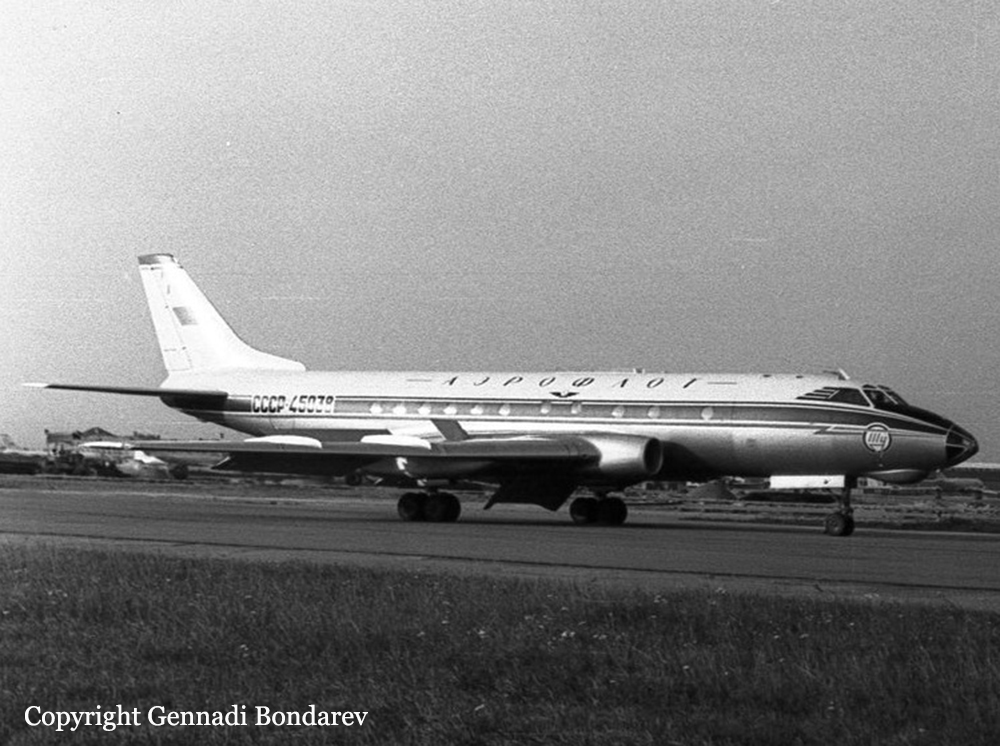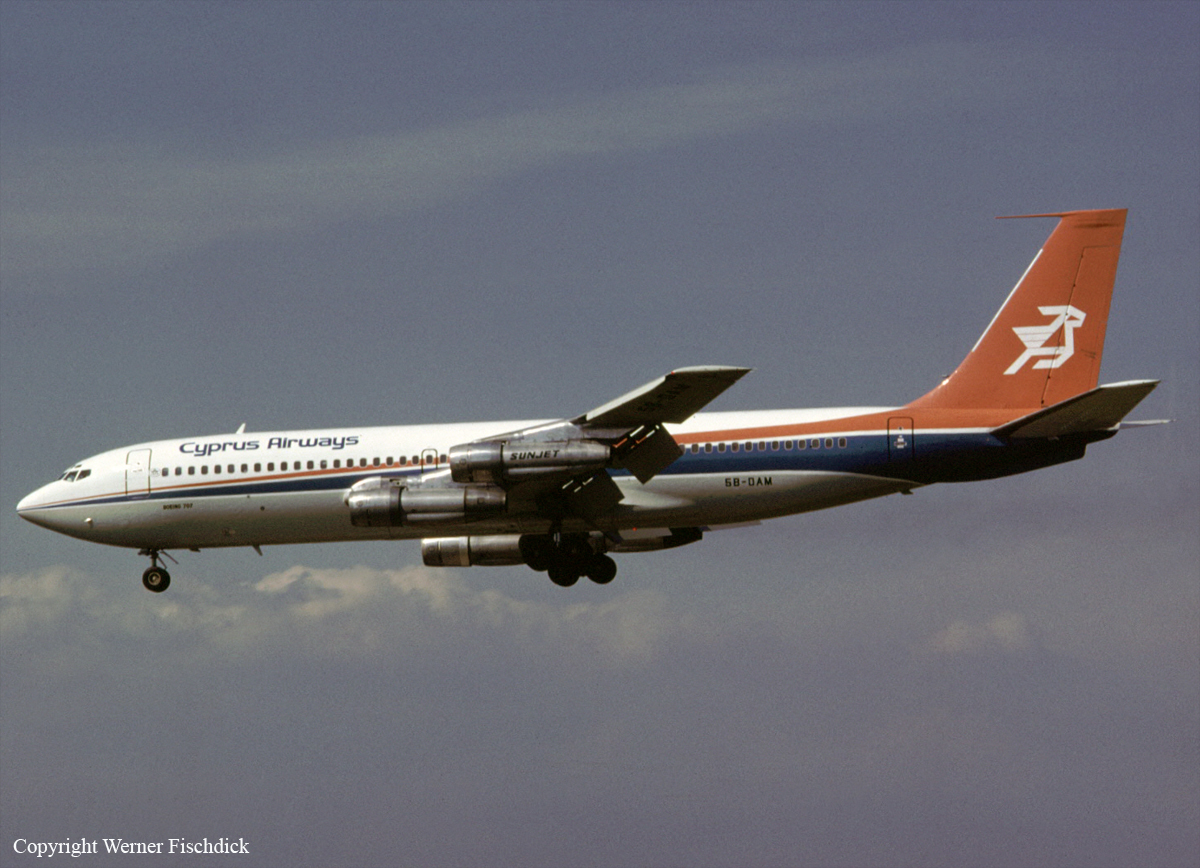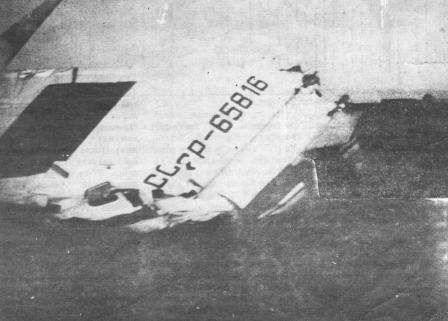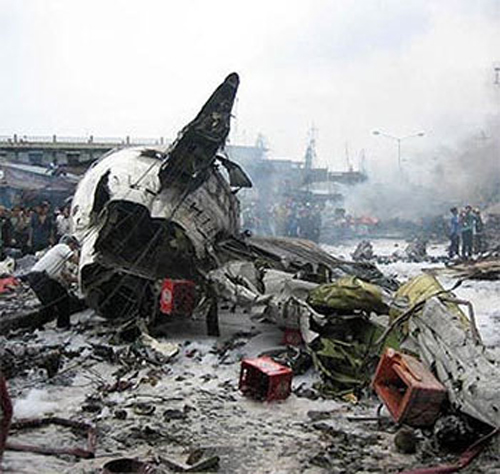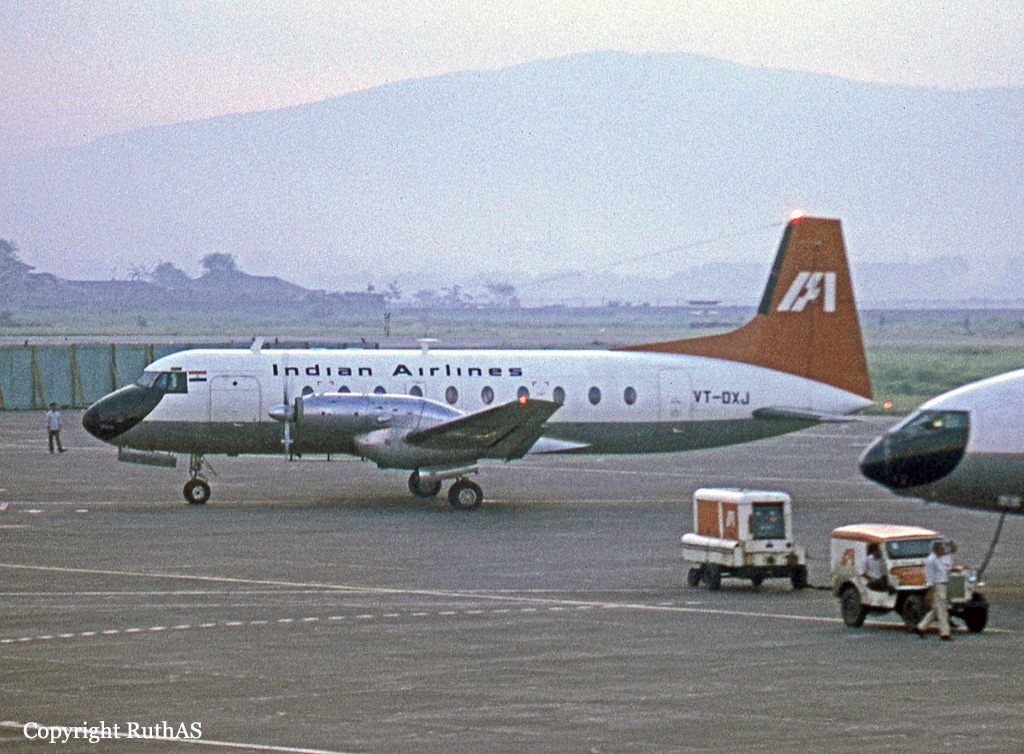Crash of an Antonov AN-26 in Ban Mai
Date & Time:
Sep 1, 1979
Registration:
RDPL-34037
Survivors:
Yes
Schedule:
Hanoi - Vientiane
MSN:
2506
YOM:
1974
Crew on board:
6
Crew fatalities:
Pax on board:
68
Pax fatalities:
Other fatalities:
Total fatalities:
0
Circumstances:
The airplane was completing a flight from Hanoi to Vientiane, carrying 62 girl students and six accompanents coming back from Soviet Union. On approach to Vientiane-Wattay Airport, the crew encountered poor weather conditions and low visibility due to thunderstorm activity. The captain completed several circuits in the area but was unable to locate the airport. As the airplane was short of fuel, the crew decided to attempt a belly landing in an open field located in Ban Mai, about 10 km west of Wattay Airport. All 74 occupants were evacuated while the aircraft was damaged beyond repair.





